In this engaging and lively overview, professor Anja Manuel advises the US to cooperate with China where possible, while being clear about where it draws the line. A former US State Department official who now teaches at Stanford, Manuel cautions that while China draws international attention, Americans tend to overlook India, which is nearly as important. Manuel, who comprehensively updated the book in 2016 and added a preface that addresses Donald Trump’s administration, ultimately paints a hopeful picture. While always politically neutral, getAbstract recommends her elegantly written study to investors, policymakers and anyone who is involved in global commerce.
A Changing Balance
Inexorably, the balance of global power is shifting from the United States and Europe to China and India. By 2030, Asia’s economy, population and military budget will surpass that of North America and Europe combined. The US will remain the single most influential nation, but its influence will increasingly give way to China and India. The two Asian powers will wield more sway on such issues as climate change, human rights, global trade and nuclear policy.
Americans gawk at China’s scale – its carbon dioxide emissions, populace and sprawling megacities. China is so huge that two million Chinese people work as Internet censors. China and the US are “frenemies,” maintaining cordial, fraught relations.
India and the US enjoy a more easygoing relationship. India’s population will surpass China’s by 2030, yet Americans tend not to see India as a rival. China and India have a sometimes-fierce rivalry. They compete for fossil fuels, and their dispute over the Himalayan border looms. China and India sometimes join forces in ways that displease Washington. Both nations helped found the New Development Bank and the Asian Infrastructure Investment Bank...
Co-founder of RiceHadleyGates, a strategic consulting firm, Anja Manuel served in the US State Department from 2005 to 2007 and now lectures at Stanford University. She helps US companies expand into China and India.






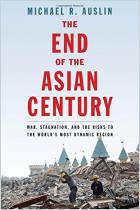
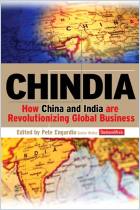

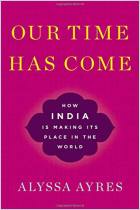
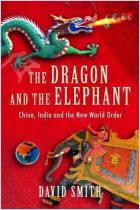
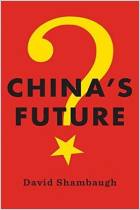

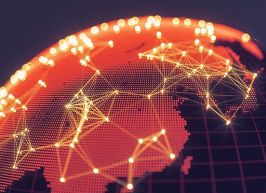


Comment on this summary